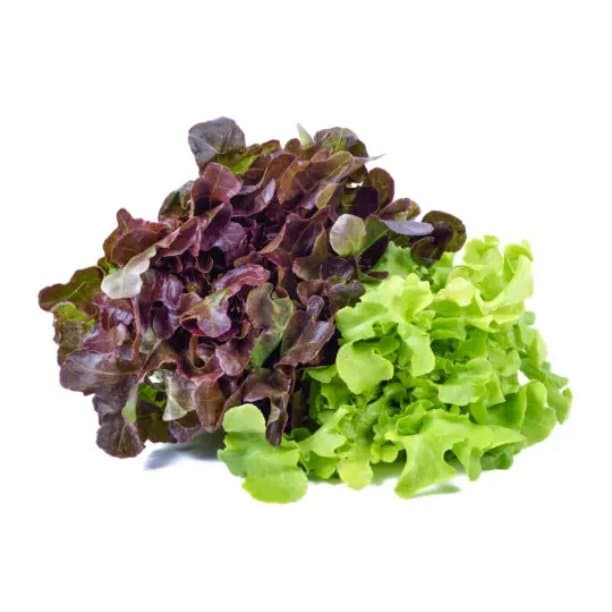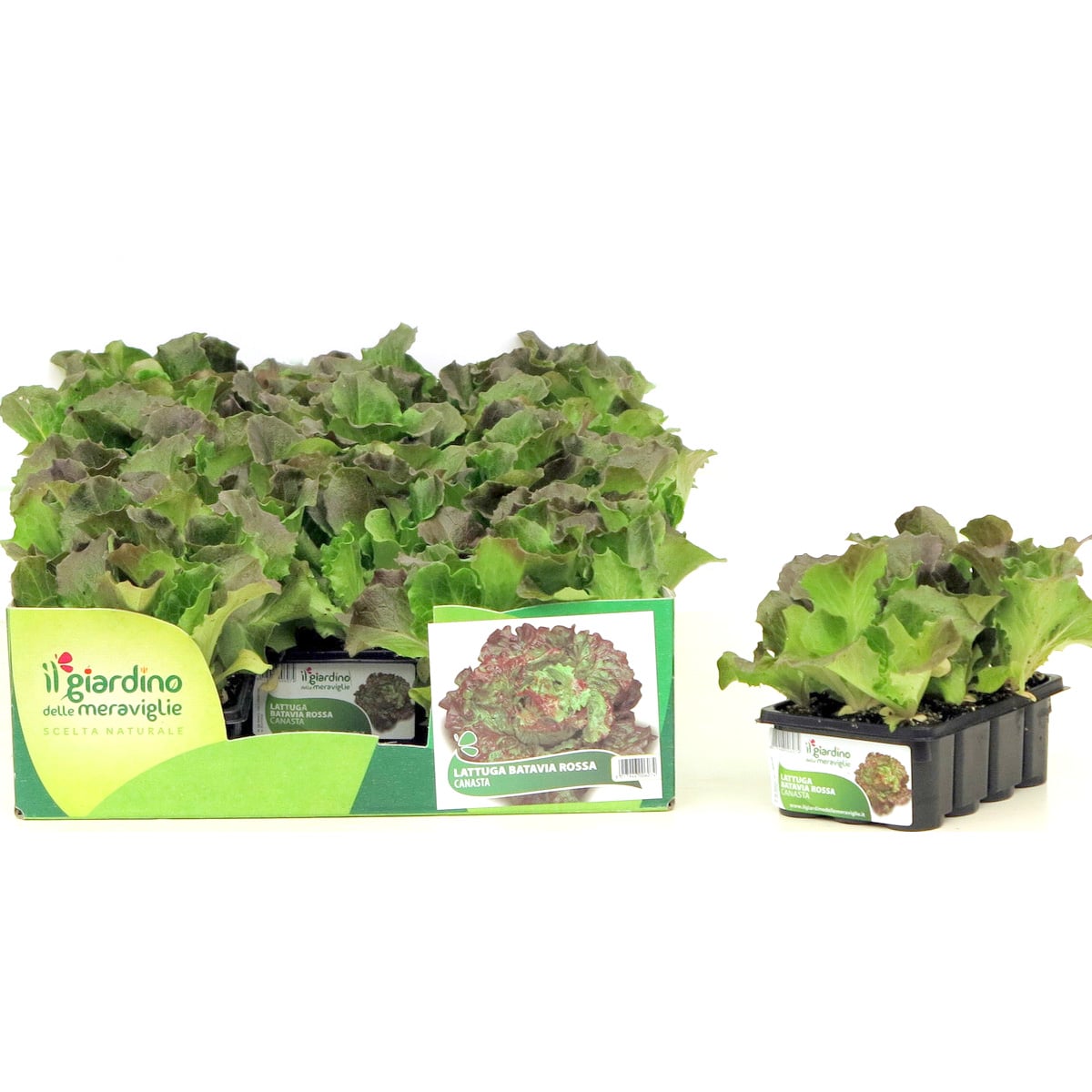Description
The Oak Leaf Lettuce Mix provides a blend of colors and textures, making it a beautiful and versatile salad green. Modern mixes are often bred for hardiness and slow bolting, even in warmer weather.
Appearance: The mix provides contrasting colors—tender, bright green leaves alongside dark red or bronze leaves, all sharing the distinct, lobed, “oak leaf” shape. It forms a voluminous, compact plant.
Flavour and Texture: The leaves are famously tender, delicate, and sweet, with a satisfying buttery mouthfeel.
Adaptability: This mix often includes heat-tolerant varieties, allowing for successful summer cultivation when many other lettuces struggle. They also show good resistance to common pests like the lettuce aphid and diseases like Bremia (Downy Mildew).
Culinary Use: Primarily used fresh in salads, where its tender texture and color add immediate appeal. It pairs well with light vinaigrettes and delicate ingredients.
Growing Guide: Lettuce is a crop that prefers cooler temperatures, but the Oak Leaf varieties are particularly adaptable and can be grown almost throughout the year in Malta, provided attention is paid to summer heat management.
When to Plant: Can be transplanted virtually year-round in Malta. September–May for the crispest, sweetest leaves. Plant in June–August but provide partial shade during the hottest hours to prevent bolting (going to seed) and bitterness.
Location/Sun: Prefers full sun in the cooler months and partial afternoon shade during the summer.
Soil: Requires rich, well-drained soil high in organic matter. Sandy or clay-rich soils are acceptable, but they must be consistently moist. A soil pH of 6-7 is ideal.
Spacing:
Whole Heads (Cespo): 25 cm (10 inches) between plants and 40 cm (16 inches) between rows.
Cut-and-Come-Again (Taglio): Plant closer together, or even transplant entire seedling packs without separating the cubes for a dense initial harvest.
Watering: Crucial for lettuce. Requires frequent, light, and consistent watering. The soil should never be allowed to dry out, as drought stress immediately causes the leaves to become tough and can induce bolting.
Feeding: Requires a regular supply of Nitrogen to support continuous leaf growth. Use a light, balanced liquid feed every 2–3 weeks.
Harvesting: This mix offers two harvest methods:
Cut-and-Come-Again (Taglio): Snip the outer leaves as needed, or cut the entire plant a few centimeters above the soil line. The plant will rapidly re-grow, providing successive harvests for 30–60 days.
Whole Head (Cespo): Harvest the entire plant once the head is voluminous and fully formed (approx. 45–60 days from transplant).
Bolting: If the plant begins to shoot up a central stalk (bolting), the leaves will turn bitter. Harvest the entire head immediately. This is usually triggered by long days and high heat.







